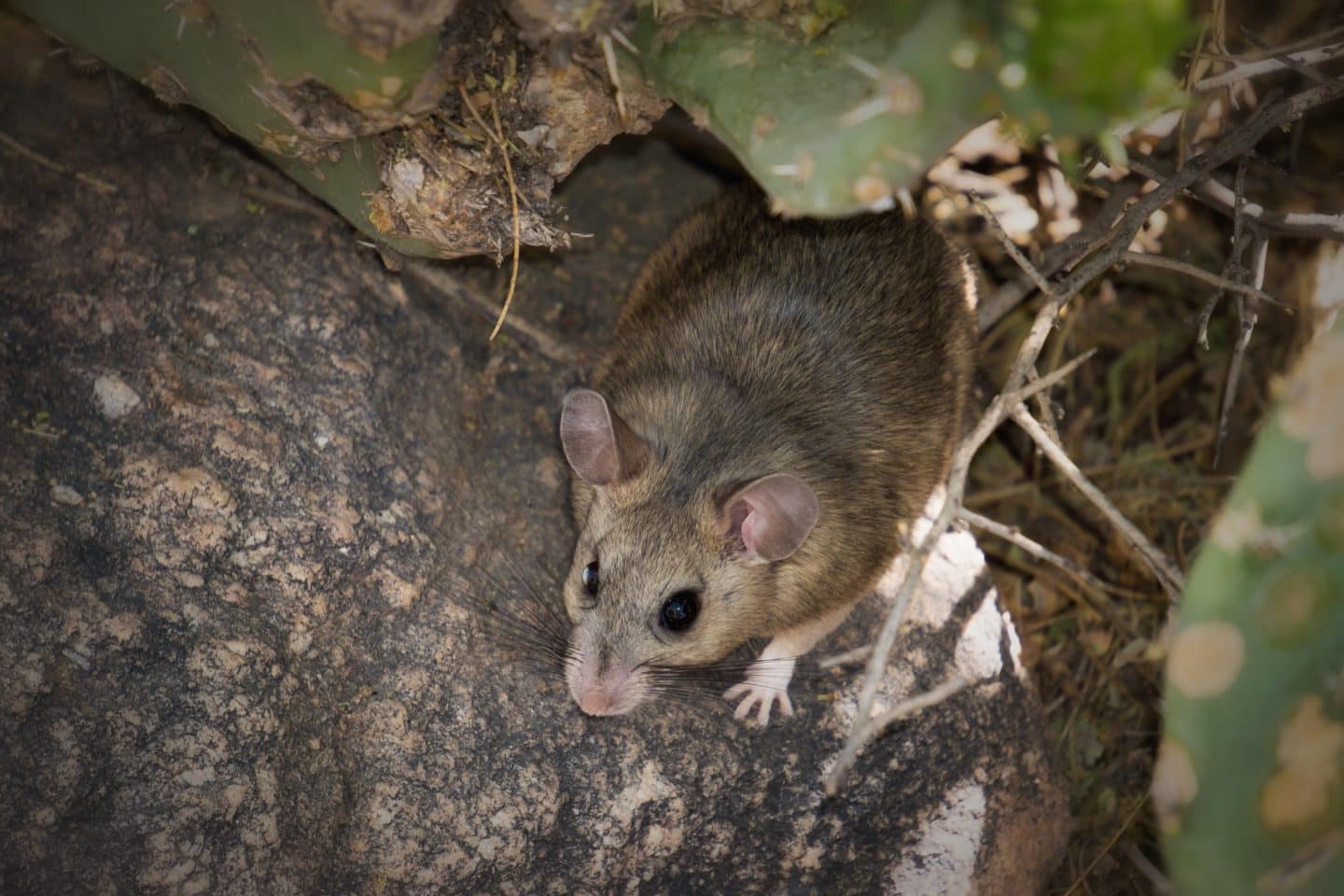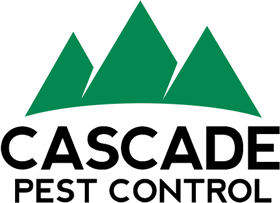Author: Kurt Treftz, Cascade Pest Control
As long as humans have graced these shores, so have the rats. They have thrived in our trash and survived in our homes. Rats seem to be part and parcel of urban living. And they aren’t going away any time soon. In fact, rats are a growing problem in and around the Seattle area. More and more pest control companies are finding their time spent dealing with these insidious critters.

Dangers & Diseases of Rats
Public Health.
Rats are a source of disease causing microbes that can infect people. Urban areas where people are concentrated together can be particularly susceptible to the spread of diseases from rats. Rats are known carriers of leptospirosis, rat bite fever, hantavirus, salmonellosis, plague, tularemia, ringworm, and more. They can also host fleas, ticks, and other ectoparasites.
Mental Health.
Rats in our homes become a stressor for human mental health. No one wants to share their space with these destructive, disease carrying rodents. They become a headache for urban planners, managers, landlords, and business owners.
Infrastructure Health.
Rats cause damage to buildings, power lines, and food sources. Because of their constant need to gnaw, rats chew through all sorts of things. In homes and businesses, they can sever power cords, chew on doors, ledges, corners, & wall material, and so much more.
Rats are able to damage aluminum, cinder blocks, dry wall, electrical wires, plastic, PVC pipe, roof shingles, vinyl siding, window screens, and baseboards.
Navigating Urban Terrain
A recent study in Frontiers in Ecology and Evolution about the movement of rats in urban ecosystems has shed some light on how rats navigate in urban settings and the superhighways that humans create. Norway and Black (roof) rats are the most common rats in the Seattle area having come with humans as they arrived to settle the area.
Home range
Both Norway & black rats tend to keep to a “home range”. The shape and size is often dictated by food source and shelter. Having this familiarity keeps the rats well-feed and protected.
Because Norway & black rats are neophobic (resistant to change and new items), they stick to common, well-known paths. Their daily movements are usually over short distances. This close contact with their nest means that they are likely to transmit ectoparasites because of their close proximity.
Home ranges are constrained by physical barriers (waterways, roadways, etc). They may be motivated to leave their home range by mating needs or disruption to their burrow.
Rats in a stable population will kick out foreign rats. Male rats have a tendency to travel farther than female rats, likely because of mate-searching. Otherwise, they exhibit a strong sense of “site fidelity”; they stay near resource, protection, and familiarity.
Superhighways
In some cases rats are likely to travel greater distances along “superhighways”. While rats mostly like to stay close to home, there are some urban environments that lead them to travel more.
Sewers and areas like Seattle’s underground have proven to be safe spaces for rats to move more. Green areas are also urban areas that allow for more movement of rats as they can scurry from cover to cover without impediment.
Movement patterns.
Rats are nocturnal so they will be most active at night when they can benefit from the cover of darkness and less human interaction.
In their home ranges, Norway rats will tend to follow narrow runways and dart from building to building. Black rats like to use aerial features like wires, poles, greenery, and roofs.
As mentioned above, rats are neophobic and will avoid new things introduced to their environment. This means that traps and poisons are often not initially successful until the novelty has worn off.
Rats may move quickly between sewers and surface roads, but they seem to avoid traveling in unfamiliar adjacent, but separate, sewer systems.
Impediments to Movement.
Rats movement in urban areas is constrained by impediments like roadways, waterways, and “resource deserts” (areas of scarce resources).
The biggest barrier to rat movement seems to be roadways. Rats are not likely to cross roads – especially larger width roads / highways.
Sometimes, they will even resist crossing alleys. However, if they can get underground in sewers, etc, rats will use alternate means to cross heavily trafficked areas.
Controlling & Deterring Rat Superhighways
Urban planning
Understanding rat movement can be extremely important for city planners. They should think wisely about green spaces and deterring rats by reducing waste and improving conditions around them so that rats don’t proliferate in the region and spread through the greenways.
Construction planning
Construction can be a driving force in scattering otherwise stable rat communities. Cleaning up rat infestations before construction begins can be a good way to prevent wide-spread migration of rats into new spaces.
IPM (Integrated Pest Management)
Using Integrated Pest Management is an important strategy for tackling rat problems in urban areas.
A new technique that is having success in the Seattle area is deploying CO2 into burrows. The process delivers a lethal dose of CO2 into underground burrows. This cuts down on the use of rodent baiting methods that use poison. The challenge of poison is that it can take awhile for the neophobic rats to ingest it and there is also the danger of secondary poisoning of scavengers species that eat the poisoned rats. Instead, CO2 targets only the rodent population and leaves zero residual product behind.
Education & Community Implementation
While rats are a huge problem that requires a multi-pronged approach, everyone can learn to do their part.
Rats are commensal and they rely on humans to live. If we make it difficult for them to find the resources they need, we can cut down on their prevalence. Waste management is vital – tightly closed trash receptacles and frequent and regular trash service can make a big difference.
Infrastructure maintenance is also key. Sealing up entry points into buildings and denying rats nesting areas can also reduce their populations.
Need help controlling rats? Call Cascade Pest Control at 888-989-8979 or Request a Quote
